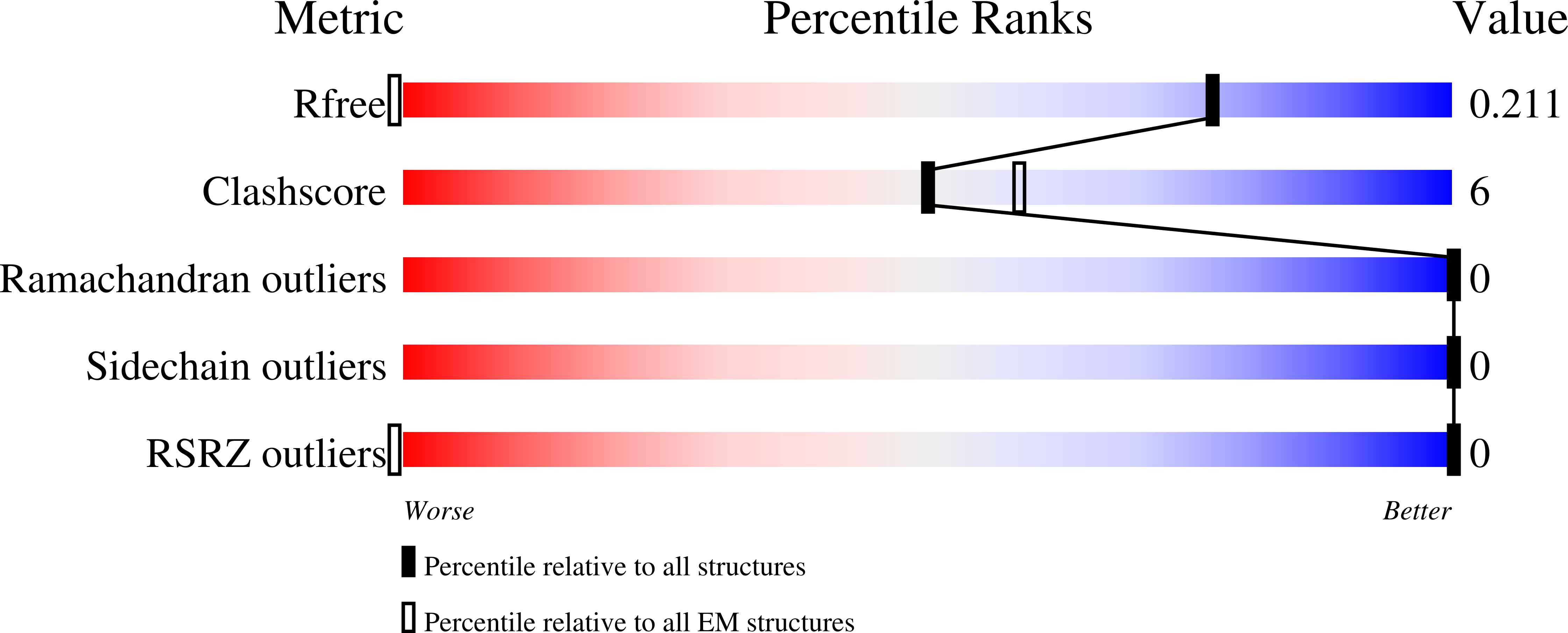
Deposition Date
2021-11-23
Release Date
2022-10-05
Last Version Date
2024-05-22
Method Details:
Experimental Method:
Resolution:
1.05 Å
R-Value Free:
0.20
R-Value Work:
0.18
Space Group:
P 1 21 1


